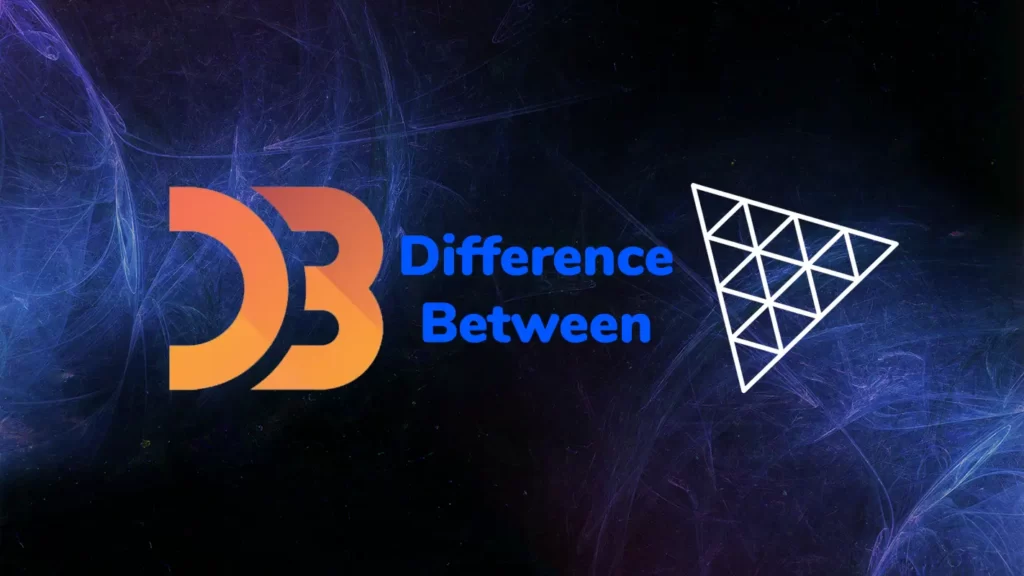Over several years, web development went through many twists and turns, mostly in the hands of new technologies. The web has become more interactive and opened up new ways to present information visually. Many data visualization tools helped websites to push the boundaries of creating vivid and interactive data presentations.
To improve things further, we now have a lot of sophisticated libraries and frameworks that can allow seamless interactions and data visualizations. Regarding rendering rich graphics and data visualizations on the web, two leading JavaScript libraries that deserve the highest attention include D3.js and Three.js.
The features of these two libraries are only sometimes mutually exclusive. Rather often, they are on the same page for key features and capabilities. Where they differ and how they offer distinct value propositions that we will compare through this blog post.
A Brief Introduction to D3.js
The framework’s name is D3.js and comes from the three “D” of the epithet “Data-Driven Documents”. As a JavaScript library, it brings express capabilities for rendering data visualization on the web. Apart from a generous supply of features and tools, the library is unique in facilitating interaction and updates of the data in different visualizations. Over and above, it is highly modular to broaden the opportunities of customizing visualization by using different modules.
An Introduction to Three.js
Though Three.js, in sharp contrast, is not a library focused primarily on data visualization, it can be used as a versatile 3D graphic rendering tool for data-centric animations. Many companies choose three.js framework just because of the simplicity and ease of use it promises despite retaining the rich visual rendering capabilities across different niches. If you want to bring the creative 3D graphic effect into your data-rich web interfaces, you need to find three.js experts who leverage your web capabilities to the fullest.
D3.js vs. Three.js: Core Functionality
D3.js: This framework has been conceptualized, developed, and used to render data visualizations. This is a library that puts together all the necessary tools and protocols to help web developers present data in a visually appealing and interactive manner.
Three.js: Three.js, unlike D3.js, is developed and widely used with a broader scope of 3D and animation rendering in mind. It gained popularity primarily due to its 3D scene-building capabilities. Even when your data visualization project needs to incorporate visual flair to stand apart with a dynamic look and feel, Three.js is an obvious choice. Finally, the Three.js app cost is comparatively lower because of the robust community support and open-source licensing.
D3.js vs. Three.js: Visualization vs. Rendering
D3.js: D3.js, as we have already mentioned, is a library focused primarily on data visualization, and it leaves no scopes untried to deliver engaging visual data representations for any niche website. Providing almost all visualization elements such as pie charts, bar charts, infographic color-coded charts, line graphs, interactive maps, and many others gives enormous control over how you can present your business data to the target audience.
Three.js: Three.js, as a 3D and animation rendering library, Three.js offers a broader pool of resources to present data with 3D effects and engaging interactions. Bringing real-life effects to objects helps you build a storyline with data. We all know that 3D rendering involves complex crafts and skills, and this is where Three.js makes things simpler for you.
D3.js vs. Three.js: Data Manipulation
D3.js: Data manipulation is at the heart of any major data visualization tool. By manipulating data, D3.js can bring actionable and rich insights. This library’s wide array of tools can ensure smooth transitions and animation effects while deriving meaningful insights.
Three.js: Three.js is more about adding visual flair to presentation than manipulating the data. In this respect, Three.js can seamlessly integrate data into complex visual expressions like 3D scenes or animations.
D3.js vs. Three.js: Integration with Other Libraries
D3.js: D3.js is a truly multifaceted library, and it doesn’t fall short when it comes to making it work with different JavaScript libraries and frameworks. You can easily integrate this library into a web project based on Angular, React, Node.js, or Vue.js. The modular architecture of D3.js comes in handy in this respect.
Three.js: This is another area where Three.js stays at par with D3.js and ensures similar ease for integrating with other JavaScript libraries and frameworks. Many web projects powered by other frameworks use Three.js when they need to leverage 3D rendering capabilities.
D3.js vs. Three.js: Use Cases and Domains
D3.js
- D3.js is used primarily for analytics-driven data visualizations on the web.
- Organizations needing to represent data to create compelling visual stories and messages use D3.js.
- Enterprises needing to monitor and control operations through a data-driven web interface find D3.js highly effective.
Three.js
- Three.js is focused on creating immersive visual experiences powered by 3D rendering and animations.
- Three.js can also be used in web games, immersive web simulations, and VR rendering on the web.
- Three.js, with its visual rendering abilities, fits into any creative web project.
D3.js vs. Three.js: Learning Curve and Community Support
D3.js: Learning D3.js means you have to learn a lot of diverse modules for rich Data presentations. Apart from that, to work with this library, you need a solid grasp of JavaScript and core web technologies such as HTML and CSS. But the challenges of the learning curve apart, the library offers articulated documentation, many tutorials, and community help.
Three.js: Three.js simplifies the complexity of WebGL-based 3D rendering and becomes more approachable for this purpose. It also offers help from a burgeoning community and extensive documentation and tutorials.
Ending Points
Both D3.js and Three.js are indispensable for their capabilities; hence, one cannot replace the other. Instead, you can choose these libraries based on your project requirements. To make things even better, consider using both frameworks together for an immersive and data-centric web experience.



